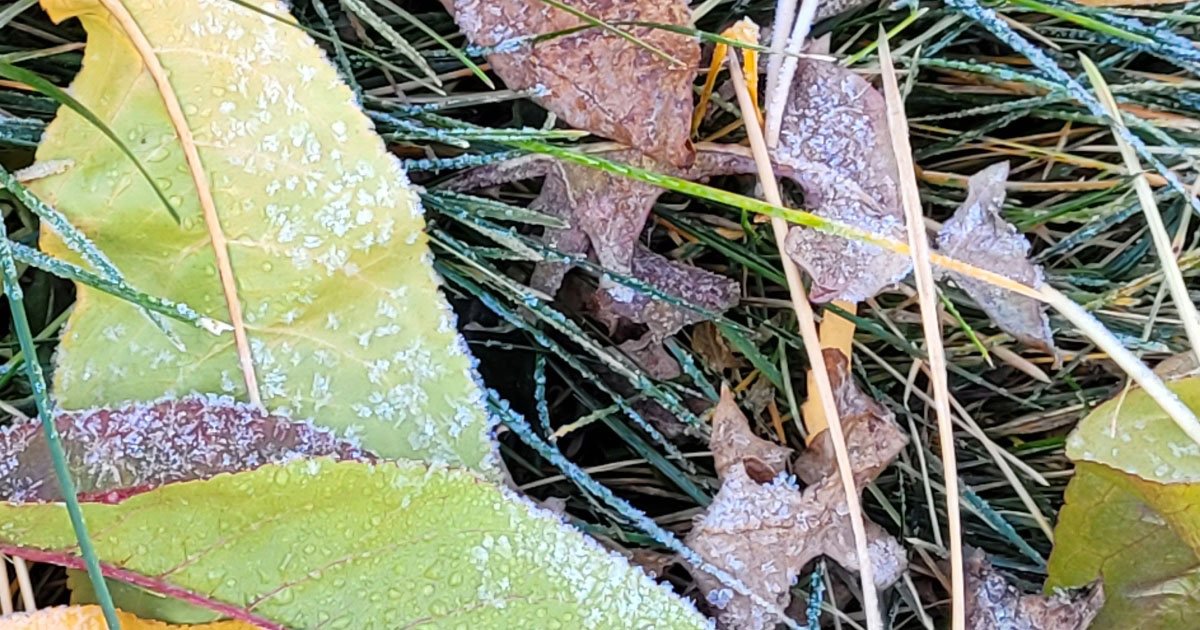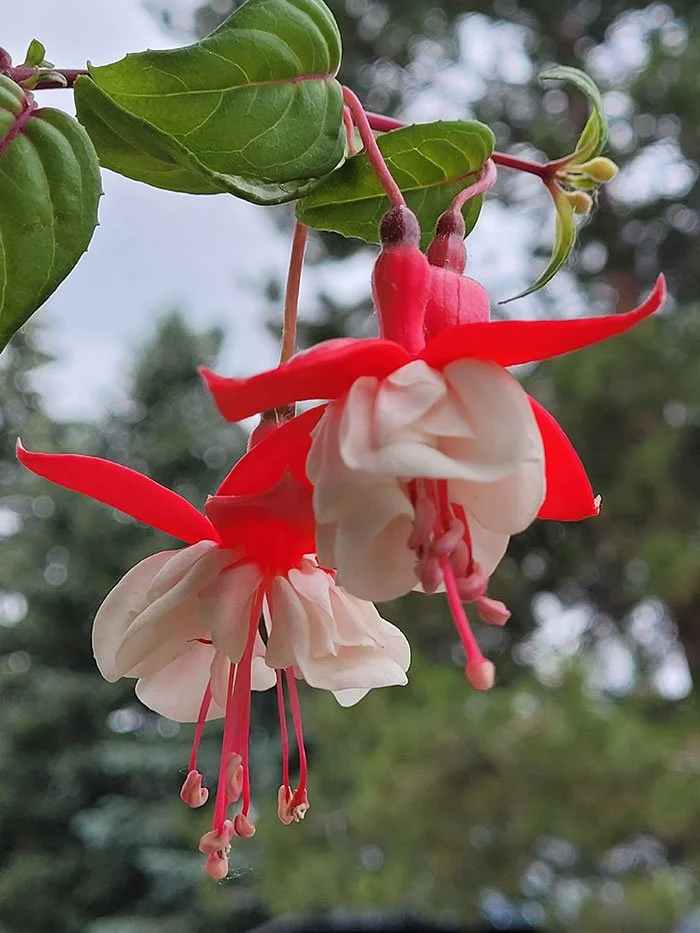Fall Garden Tasks When Time Is Short
Sometimes in Colorado, winter blows in suddenly, leaving gardeners scrambling to complete their fall garden tasks. Other times, there’s a longer autumn season, giving gardeners a sense that there’s plenty of time. Either way, use the list below to prioritize your fall garden tasks for the time you have left before winter sets in.
The Essential Tasks
These are the essential fall garden tasks to complete in order to avoid certain winter damage to plants or equipment. However, sometimes life happens and there’s a shortage of time or energy. That’s okay and happens to all gardeners at one time or another. If that’s the case this year, you may want to get help for at least the first one, since that could be the most costly to fix.
Blow out in-ground irrigation systems and drain drip lines, hoses, and rain barrels. Water expands when it freezes and, if left in place, can result in costly damage to your systems.
Protect tender perennials. Perennials are considered tender when they’re grown in a zone lower than their rated zone. Therefore, they need some winter protection. Compare your garden zone with the plant’s rated zone and the larger the difference, the more winter protection it will need.
Tender perennials that are one zone higher
If the plant’s zone is one higher than your zone, mulching heavily can help it survive the winter. There is a certain amount of risk involved with this strategy due to microclimates or unusual weather.
Tender perennials with a large zone difference – If there’s a large difference in zones, bring the plants indoors or to an unheated garage. Be sure the plant will tolerate the coldest temperature in the unheated garage to avoid damage or loss.
Tender perennials as container plants – Since temperature fluctuations and drying winds are tough on container plants, only those rated at least 2 zones lower can spend the winter outdoors without added protection. However, you can further protect them by grouping them together, moving against a south or east-facing wall, and/or covering them with freeze-protective garden fabric.
This Trailing Fuchsia ‘Swingtime’ is rated for zone 9-11.
It’s grown in a container and overwintered indoors.
Protect clay and ceramic pots. These pots may crack or break from freeze/thaw cycles. Plastic pots, on the other hand, can be left outside but may become brittle from the sun. It’s best to store them out of the weather in a shed or garage.
Set reminders for winter watering of all plants. Water once a month if there hasn’t been significant precipitation. Do this mid-day when the temperature is above 40 degrees to avoid freeze damage to both the plants/trees and to your hose. Drain water from the hose when you are finished. Don’t forget about those plants stored in the house or garage!
Better Late than Never Tasks
Protect new plants for the winter. Research specific plants for best winter care practices. Strategies can include using tree wrap, protective fencing from critters, or an extra layer of mulch.
Clean up diseased plant material. Diseased plant debris left in place will contaminate the garden next year. Be sure to practice crop rotation to avoid transferring the disease to your new plants.
Protect plants still in nursery pots. If there’s additional fall planting that you weren’t able to do, not all is lost. Whatever you choose to do, don’t forget to winter water once a month.
Bury the entire pot in the ground and mulch.
Put them in an unheated garage.
Tuck them somewhere sheltered outdoors and cover them with mulch.
Postponable Tasks
Divide perennials. It’s often recommended to divide perennials in the fall but early spring is also a good time for division. Keep in mind that recently divided and planted perennials will focus on root growth first. Don’t worry if leaf growth is slower or there’s a lack of blooms the first summer.
Prepare vegetable beds. If you aren’t growing a cover crop it’s best to add compost and mulch to vegetable beds in the fall. The freeze/thaw cycles will work the compost into the soil and covering it with mulch will protect the nutrients from being washed away. If you can’t get this done in the fall, simply add compost in the spring.
Maybe Tasks
Rake lawn. If there’s a significant amount of coverage on your lawn, rake up the leaves and/or pine needles. If there are just a few leaves, you can mulch them with a lawnmower instead. Excessive leaf coverage on lawns can cause poor spring growth or disease due to excessive moisture.
Trim seed heads, if needed. It’s best to leave seed heads in place to feed winter wildlife. However, you can trim them off if you don’t want the plants to spread by reseeding.
Sunflower seedheads are left for the wildlife
Leave Until Spring Tasks
Every gardener should care for pollinating insects at every life stage. They are critical, not only for the production of fruit and vegetables but as food for birds that also prey on insect pests. One easy way to help insects during the winter is to leave some things in place until spring so they can use them as nesting or hibernation sites. To that end, here is the list of fall don’ts.
Don’t clean up log piles or other debris piles.
Don’t cut perennial flower stalks.
Don’t clean up leaves or pine needles in garden beds. Not only does this help the pollinators, but it also doubles as mulch!
Hopefully, this article helps you prioritize your fall garden to-do list.



